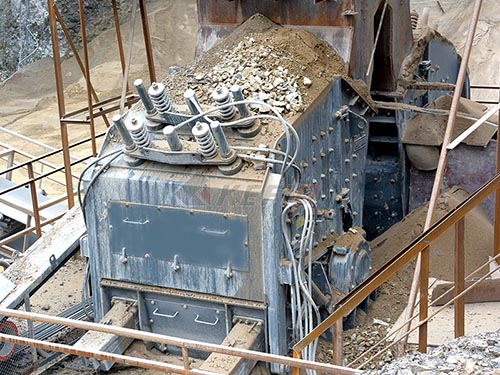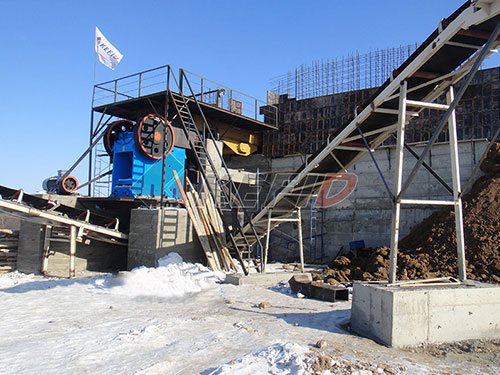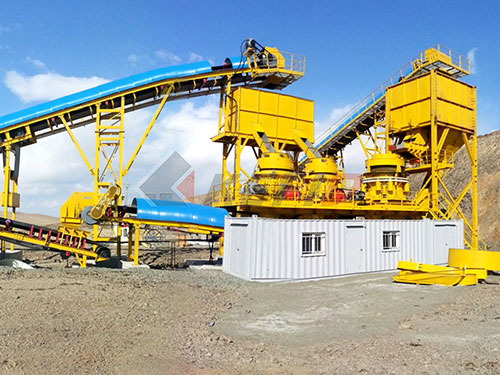Beyond the Boom: How Sensor Integration is Revolutionizing Gyratory Crusher Performance
The relentless roar of rock meeting steel defines the heart of mineral processing and aggregate production. At the center of this demanding environment often stands the gyratory crusher – a powerhouse designed to reduce massive boulders into manageable fragments. While its fundamental mechanical principle remains constant, a transformative evolution is underway: the rise of the sensor-equipped gyratory crusher. This integration isn’t just an add-on; it represents a fundamental shift towards intelligent crushing and optimized plant performance.
The Challenge: Operating Blindfolded
Traditionally, operating a large gyratory crusher involved significant expertise and inherent uncertainty. Operators relied heavily on:
1. Manual Checks: Periodic visual inspections for wear or leaks.
2. Basic Instrumentation: Rudimentary pressure gauges or simple vibration meters.
3. Reactive Maintenance: Fixing problems only after they caused downtime or damage.
4. Experience & Intuition: Making critical adjustments based on feel and historical knowledge.
This approach carried substantial risks:
Unplanned Downtime: Catastrophic failures like spindle breakage or severe liner damage could halt production for days or weeks.

Suboptimal Performance: Running outside ideal parameters (e.g., incorrect speed, poor feed distribution) reduced throughput and increased energy consumption.
Premature Wear: Undetected issues accelerated wear on liners, bearings, and other critical components.
Safety Hazards: Undetected structural fatigue or lubrication failures posed potential dangers.
The Solution: Embedding Intelligence

Modern sensor-equipped gyratory crushers address these challenges head-on by embedding layers of intelligence directly into the machine’s core systems:
1. Condition Monitoring Suite:
Vibration Sensors (Accelerometers): Continuously monitor bearing health (main shaft bearings, eccentric bushings), gear mesh condition, and overall structural integrity at multiple points on the frame and head assembly.
Temperature Sensors (RTDs/Thermocouples): Track bearing temperatures (lube oil inlet/outlet), motor windings, hydraulic fluid temperature, and potentially even liner surface temperature trends indicating abnormal friction.
Pressure Transducers: Monitor hydraulic system pressure for mantle positioning (CSS control), lube oil pressure ensuring adequate flow to bearings, and tramp release system pressure.
Position Sensors (LVDTs/Encoders): Pre

Leave a Reply